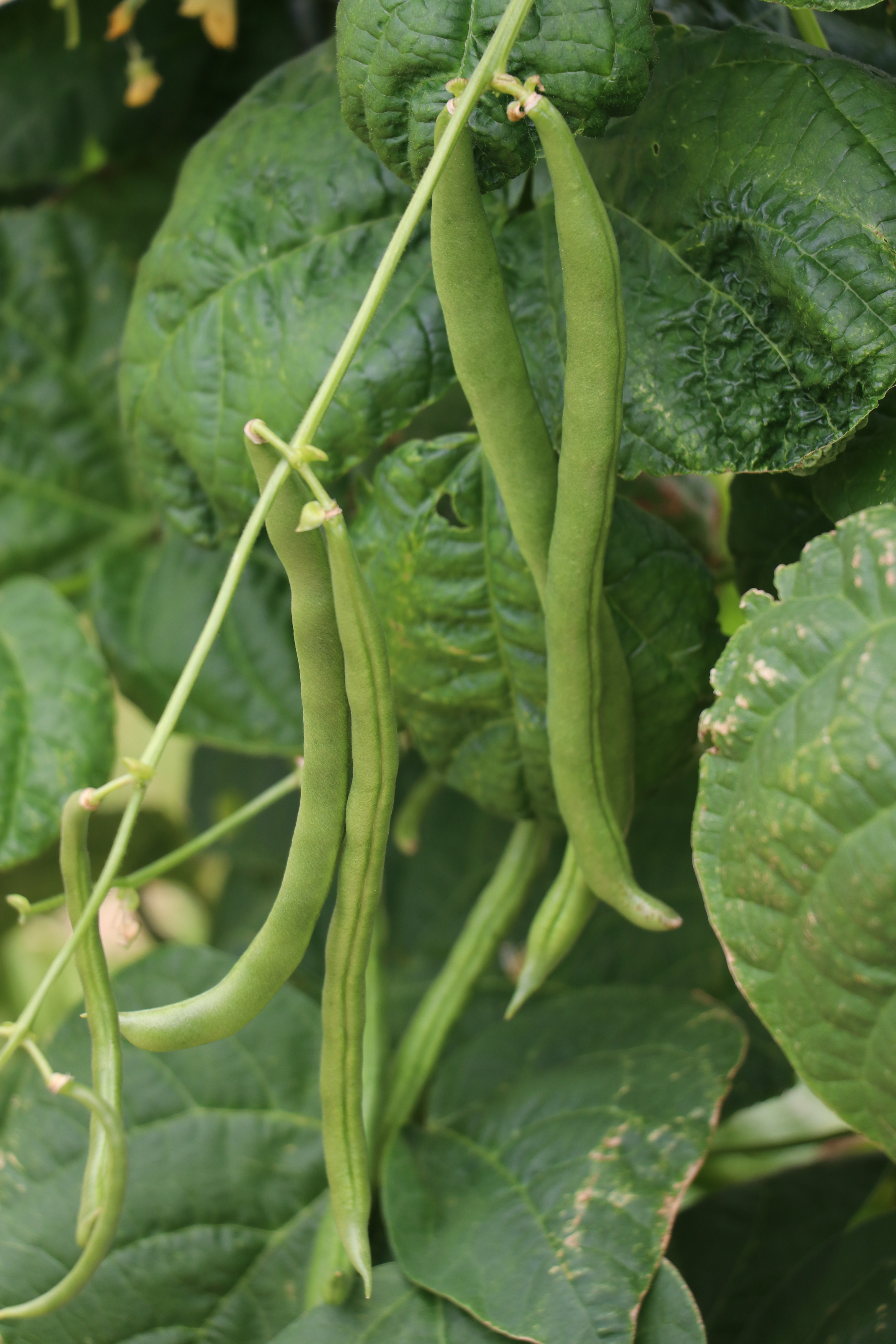Physical characteristics
Flowers and foliage
This climbing runner bean variety produces
Preferred site
For best results grow in
Preparation for planting
Healthy soil is essential for producing vitamin and mineral-rich vegetables. The use of ample organic material is fundamental to the success of most vegetable gardens, especially those newly created on sandy or clay soils. Organic material provides food for
When soil preparation is complete the vegetable garden should be weed free and of a stable aerated nature. Weed control through to harvesting can be achieved by mulching with organic materials such as straw stable manure or untreated sawdust. Alternatively, cultivation using a Dutch or push hoe will discourage weeds from establishing. Careful plant spacing will also help to suppress weeds. The growing season for many spring and summer vegetables can be extended by planting in a glasshouse or under a cloche.
Most vegetables are easily grown from seed and many varieties can be sown directly into the prepa
Beans will require support so will need a frame cove
Maintenance tips
When the time arrives it is important to harvest vegetables at their peak. The best time of the day to pick the crop is early in the morning when the weather is cooler. Vegetables such as beans, courgettes and tomatoes benefit from regular harvesting throughout the growing season to encourage further production. Proper planning and cultivation should ensure that a continuous supply of produce is available. It is likely that there will be a surplus so by storing the crop carefully there is little wastage.
Crop rotation can assist in maintaining the fertility of the soil and ensuring the soil remains in balance. This is achieved by rotating different
Generally, vegetables can be divided into three groups for crop rotation:
1) root and leaf crops including carrots, potatoes, radishes, parsnips, beetroot, yams, silverbeet, spinach and lettuce
2) vine crops and brassicas including tomatoes, cucumbers, melons, pumpkins, cabbages, cauliflowers and kale 3) legumes and alliums including garlic, onions, peas, beans and shallots.
Proper crop rotation will ensure that at any one time one of these three varieties monopolises an area of ground. Root crops, such as potatoes, can break and loosen the deep soil while legumes will add nitrogen from the air to the soil. Different
Pests and diseases
It is important to consider that most of the




.jpg?width=1200&height=1200&v=1d4024dceb89e50)

.jpg?width=1200&height=1200&v=1d5569224d63650)
 .jpg?width=1200&height=1200&v=1d4024df6ce2770)
.jpg?width=1200&height=1200&v=1d55676a892f2b0)
 .jpg?width=1200&height=1200&v=1d4024e3b65f7f0)